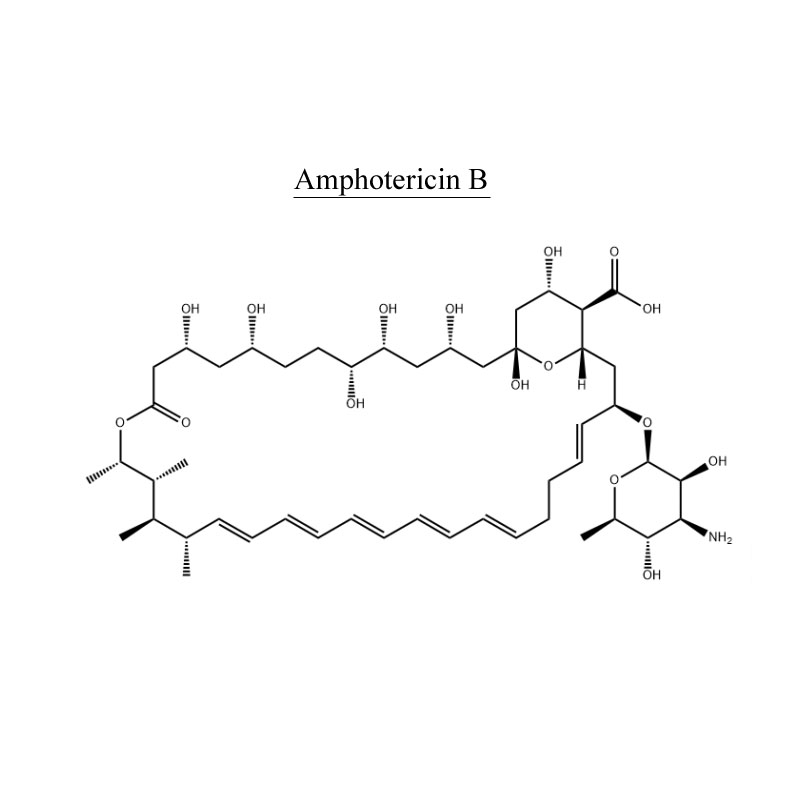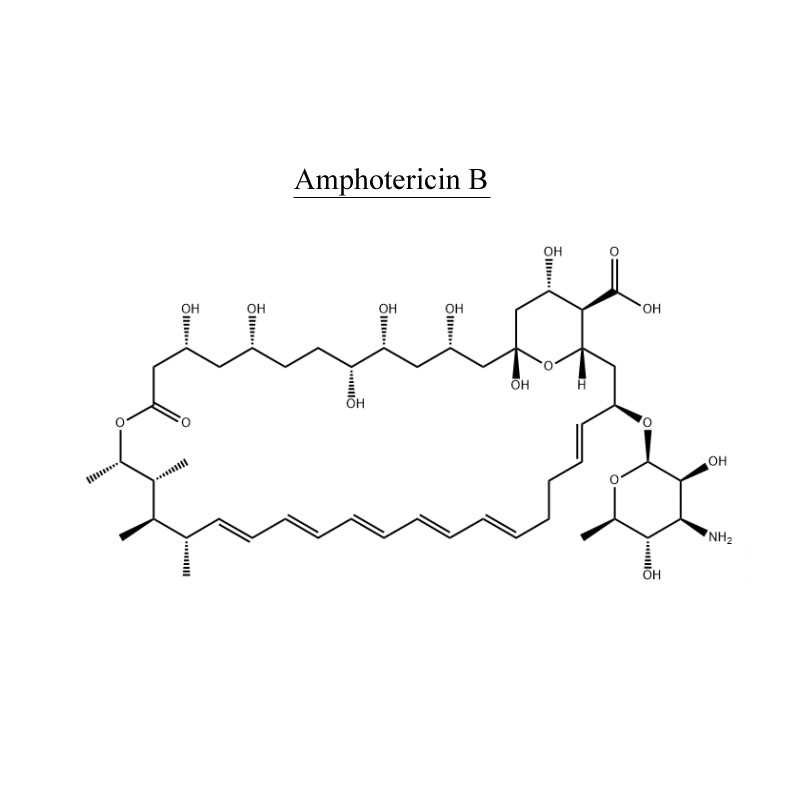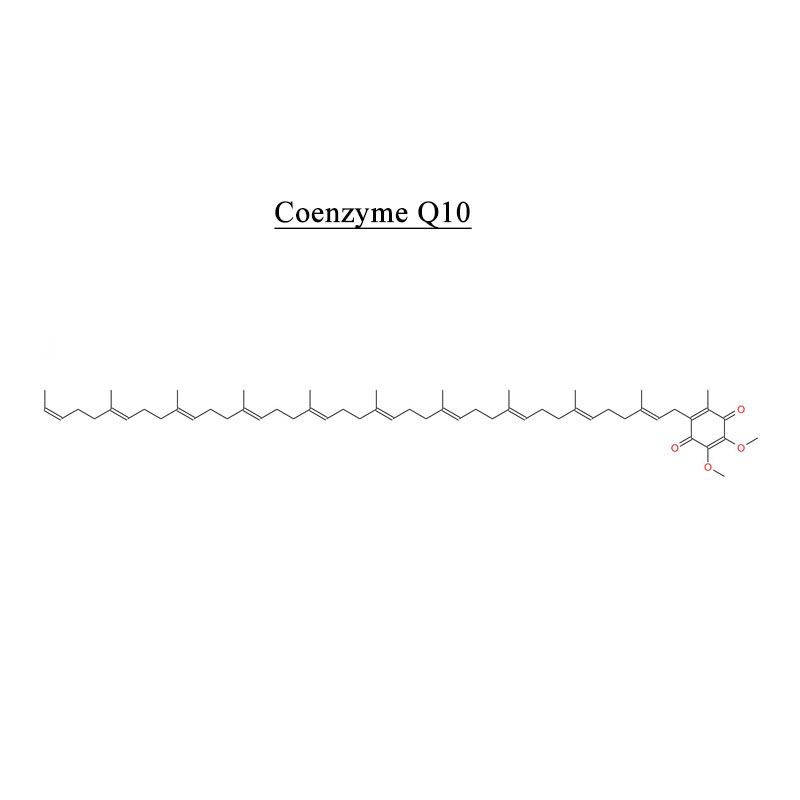Amphotericin B 1397-89-3 Antibiotic
Payment: T/T, L/C
Product Origin: China
Shipping Port: Beijing/Shanghai/Hangzhou
Production capacity: 100kg/month
Order(MOQ): 25kg
Lead Time: 3 Working Days
Storage condition: with ice bag for transportation. Store at 2-8℃ for long term.
Package material: drum
Package size: 25kg/drum
Safety information: Not dangerous goods

Introduction
Amphotericin B, can be called as Fungizone or Ambisome, which is a polyene antifungal antibiotic isolated from the culture medium of Streptomycesnodosus. It isolated by two part with A and B, but A part is less function for antifungal which is not use, so people use B part only which called Amphotericin B.
It is an antifungal medication used for serious fungal infections and leishmaniasis. It has two different usage by oral and injection.
Amphotericin B is the first choice for deep fungal infection because of it’s wide antifungal spectrum. It has inhibit function to fungals like cryptococcus, coccidium, candida albicans and blastomycetes, etc. Will kill fugal at high concentration, which is an effective drug for the treatment of deep fungal infection.
The main clinical indications like: 1. Treatment of fungals such as cryptococcosis, North American blastomycosis, disseminated candidiasis, coccidiosis and histoplasmosis. 2. Treatment of mucormycosis caused by some fungals like Rhizopus, colporium, endomycetes and frog fecal mold. 3. Treatment of sporotrichosis caused by sporotrichosis schenckii. 4. Treatment of aspergillosis caused by Aspergillus fumigatus. 5. Topical preparations is suitable for pigmented mycosis. It’s also suitable for skin fungal infection after burns, respiratory tract Candida and Aspergillus or cryptococcus infection, as well as function for fungal corneal ulcer.
Normal side effects include a reaction with fever, chills, and headaches soon after the medication is given, as well as kidney problems. Allergic symptoms including anaphylaxis may occur. Other serious side effects include low blood potassium and inflammation of the heart. It appears to be relatively safe in pregnancy. There is a lipid formulation that has a lower risk of side effects. It is in the polyene class of medications and works in part by interfering with the cell membrane of the fungus. It must be caution use when upon situations happened, for safety use must follow the advice from medical staff.
Specification Oral Grade (In House Standard)
|
Item |
Specification |
| Appearance | Yellow to orange-yellow powder, odorless or almost odorless. |
| Identification | IR, HPLC |
| pH | 4.0-6.0 |
| Loss on Drying | ≤5.0% |
| Sulfated Ash | ≤3.0% |
| Related Substances | ≤0.5% |
| 303nm | Impurity A (Amphotericin A) ≤5.0%
Individual unknown impurity ≤1.0% |
| 383nm | Impurity B (Amphotericin X1) ≤4.0%
Individual unknown impurity ≤2.0% |
| Total Impurities | ≤15.0% |
| Residual solvents | Methanol ≤0.3%
Acetone ≤0.5% |
| Assay | ≥850 amphotericin B units/mg for dried substance. |
Specification Oral Grade (In House Standard)
|
Item |
Specification |
| Appearance | Yellow to orange powderodorless. |
| Identification | IR, HPLC |
|
Residue on ignition |
≤0.5% |
|
Related substances |
|
|
At 303nm |
Amphotericin A ≤2.0% |
|
Individual unknown impurity ≤1.0% |
|
|
At 383nm |
Amphotericin X1 ≤4.0% |
|
Individual unknown impurity ≤2.0% |
|
|
Total impurities |
≤15.0% |
|
Residual solvents |
Acetone ≤0.5% |
|
Methanol ≤0.3% |
|
|
Microbiological limit |
Aerobic microbial count ≤1000cfu/g |
|
Molds & yeasts ≤100cfu/g |
|
|
Escherichia coli Absent in 1g |
|
|
Bacterial endotoxins |
<1.0EU/mg |
|
Assay |
≥850 amphotericin B units/mg, calculated on the dried basis |








